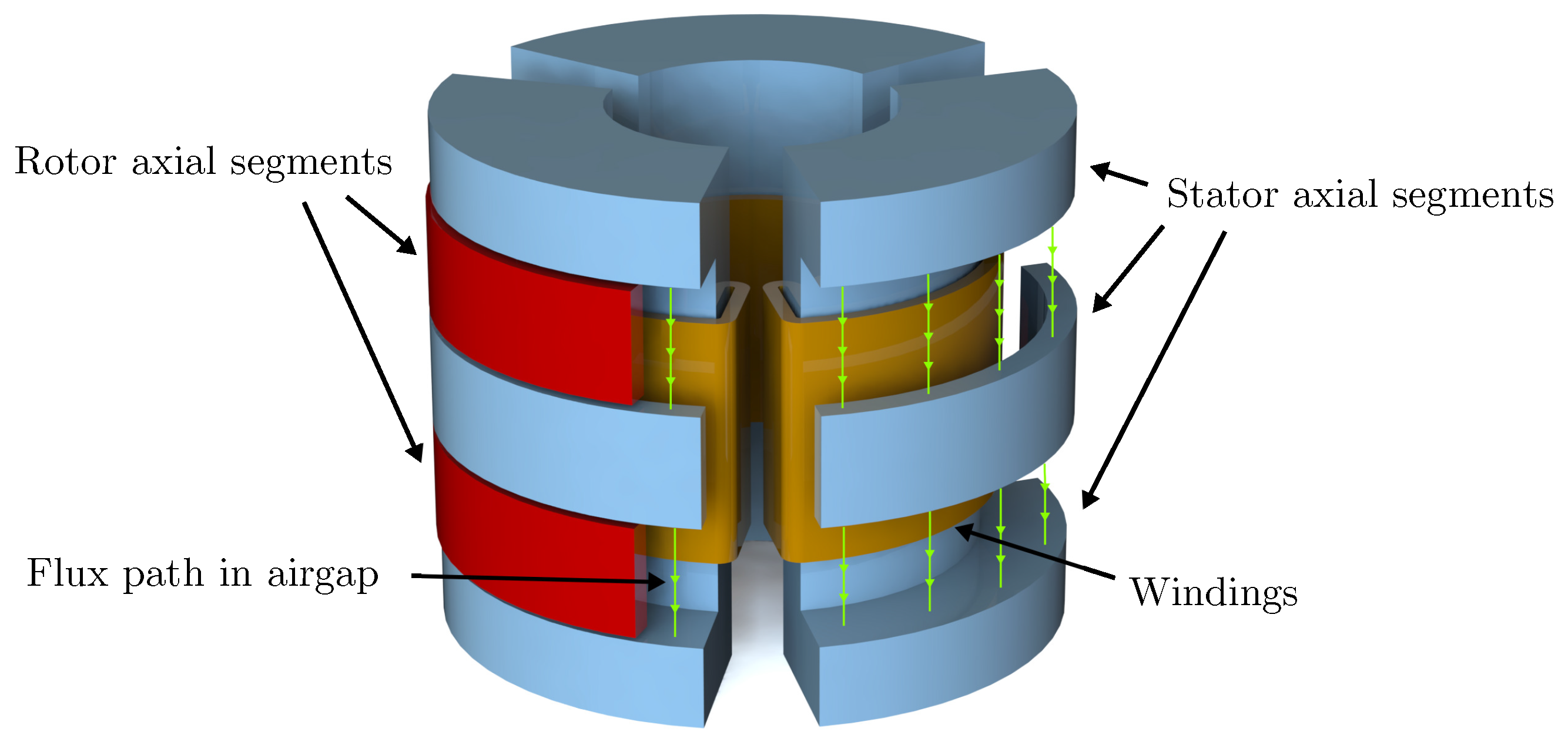
customary system, m is in slugs (1 slug = 32.2 pounds) and r in feet, with I expressed in terms of slug-foot square. In the International System (SI), m is expressed in kilograms and r in metres, with I (moment of inertia) having the dimension kilogram-metre square. The unit of moment of inertia is a composite unit of measure. Neglecting the mass of AB and assuming that all particles of the mass m of each ball are concentrated at a distance r from OQ, the moment of inertia is given by I = 2 mr 2. The figure shows two steel balls that are welded to a rod AB that is attached to a bar OQ at C. For linear momentum, the momentum p is equal to the mass m times the velocity v whereas for angular momentum, the angular momentum L is equal to the moment of inertia I times the angular velocity ω. In calculating angular momentum for a rigid body, the moment of inertia is analogous to mass in linear momentum. The moment of inertia ( I), however, is always specified with respect to that axis and is defined as the sum of the products obtained by multiplying the mass of each particle of matter in a given body by the square of its distance from the axis. The axis may be internal or external and may or may not be fixed. Moment of inertia, in physics, quantitative measure of the rotational inertia of a body-i.e., the opposition that the body exhibits to having its speed of rotation about an axis altered by the application of a torque (turning force). Britannica Explains In these videos, Britannica explains a variety of topics and answers frequently asked questions.


This Time in History In these videos, find out what happened this month (or any month!) in history.#WTFact Videos In #WTFact Britannica shares some of the most bizarre facts we can find.Demystified Videos In Demystified, Britannica has all the answers to your burning questions.Britannica Classics Check out these retro videos from Encyclopedia Britannica’s archives.


 0 kommentar(er)
0 kommentar(er)
